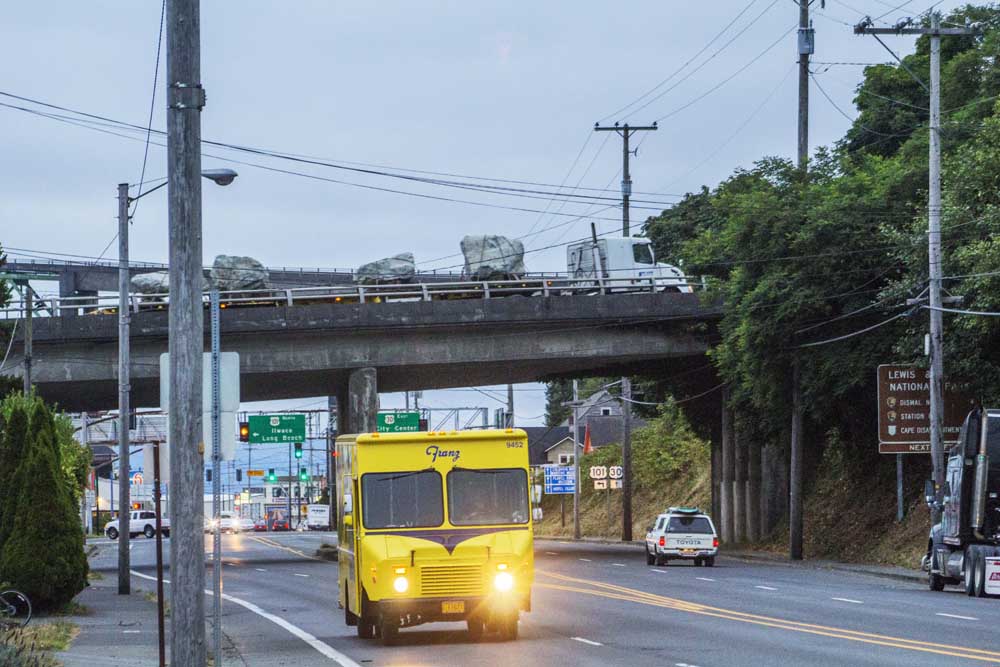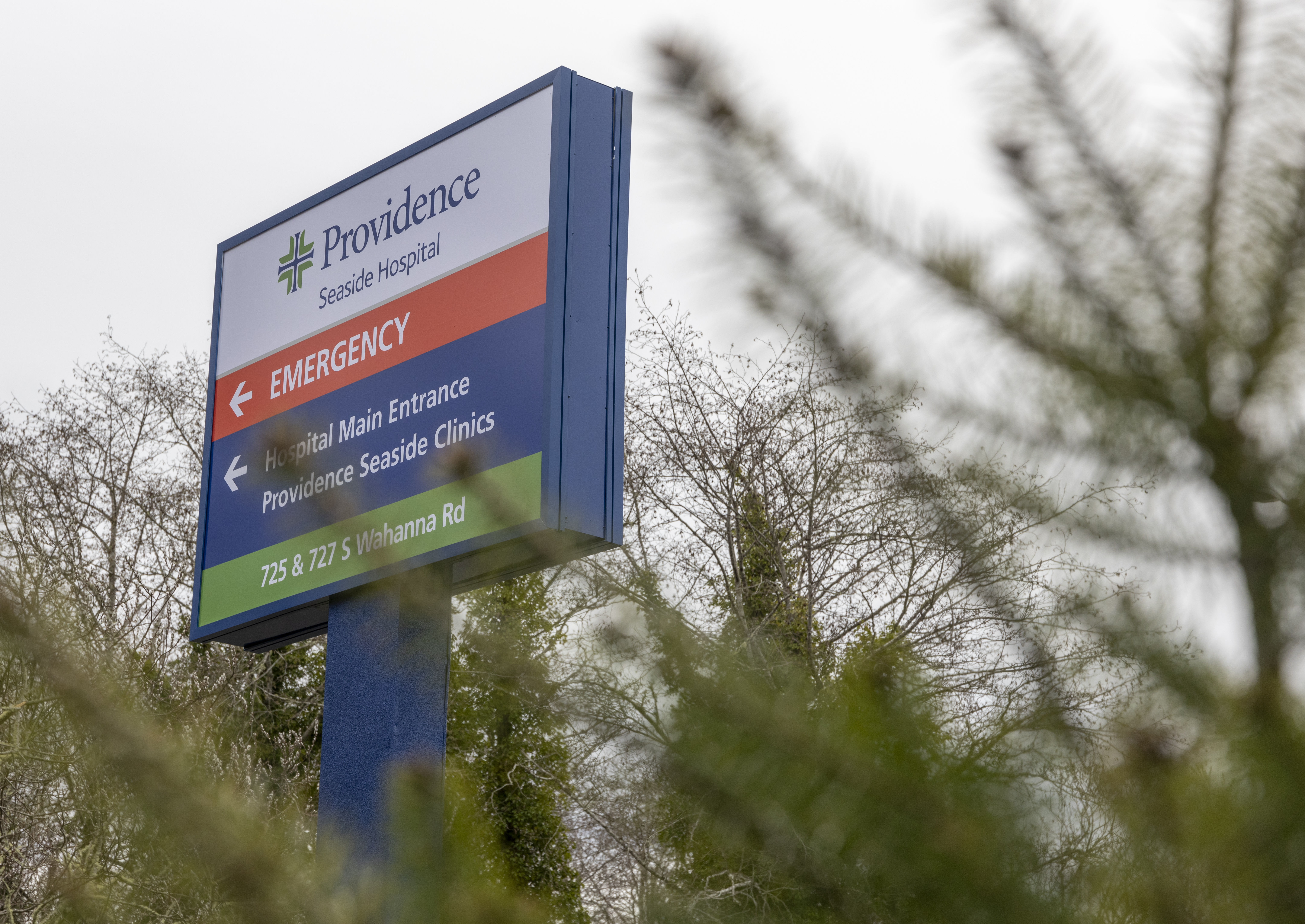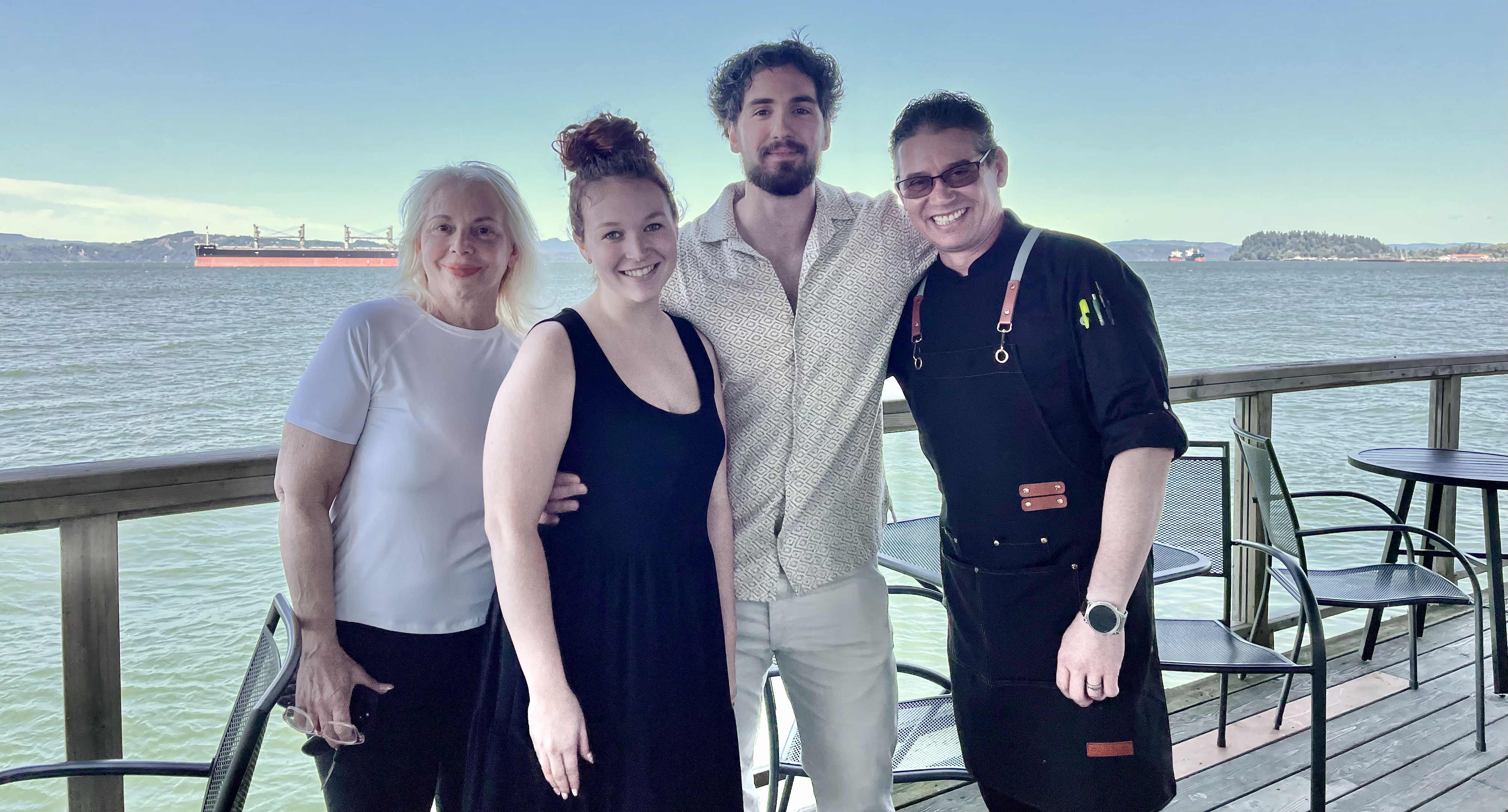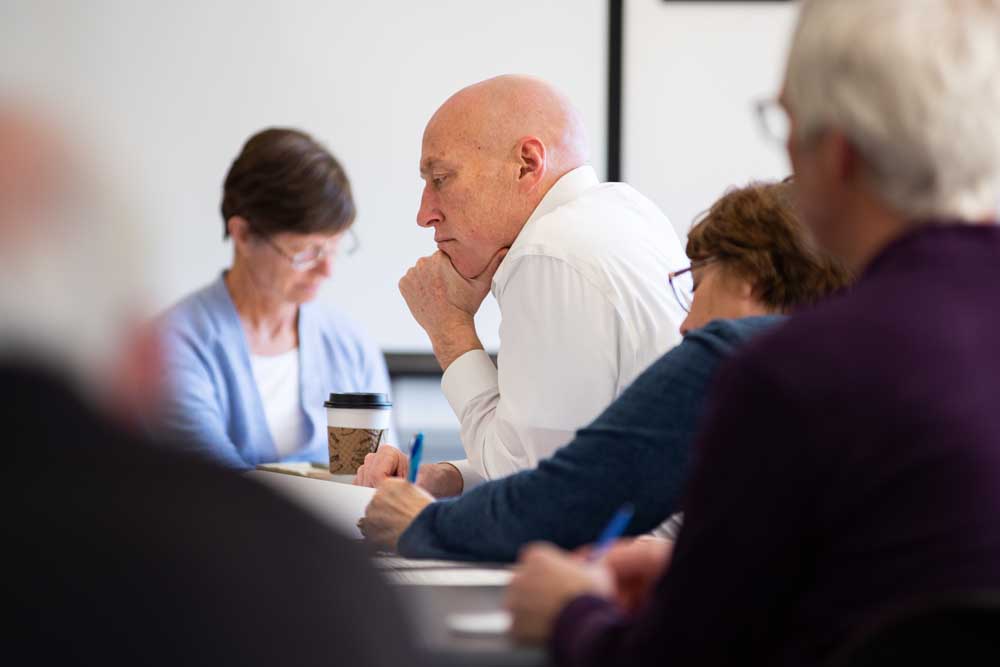Jetty stones roll through town
Published 8:00 pm Monday, August 20, 2018

- J.E. McAmis has been trucking stones from Tansy Point near Warrenton, over the Astoria Bridge and on to the North Jetty rehabilitation project near Ilwaco.
ILWACO, Wash. — Each day, flatbed trucks from Big River Construction load up with jetty stones weighing between 6 and 37 tons at Warrenton Fiber’s Tansy Point dock between Warrenton and Hammond. They wind through Warrenton, across Youngs Bay to Astoria, over the Columbia River on the Astoria Bridge to Washington and up to Cape Disappointment State Park.
Trending
They wind through Cape Disappointment State Park and past Waikiki Beach to a large, sandy construction zone from which general contractor J.E. McAmis stages 150,000 tons of stone being added to the North Jetty.
The $28 million repair of the North Jetty is part of a larger, $250 million project to rehabilitate the Columbia River jetties over five years. Built in the early 20th century with 13 million tons of rock, the jetties direct the flow of the river out to sea and prevent shoaling that once caused numerous shipwrecks and led to the waterway’s moniker as the Graveyard of the Pacific.
A 2011 report found the jetties in a badly deteriorated condition, potentially endangering a shipping channel estimated by the Pacific Northwest Waterways Association to bring in 44 million tons of cargo a year valued at $24 billion.
Trending
The U.S. Army Corps of Engineers completed previous repairs in 2015, filling in a lagoon at the base of the North Jetty and a $20 million rehabilitation of Jetty A, a strip of rocks protruding from Coast Guard Station Cape Disappointment that helps direct the flow of the river away from the root of the North Jetty.
The 2.5-mile, rubble-mound North Jetty, like its longer counterpart on the south side of the Columbia, was originally built using trestle bridges extended into the water. Rail cars would carry large basalt boulders out on the trestle to be dumped at the end of the line, building up the rubble pile.
Re-armoring the historic structures with an estimated 600,000 tons of stone is not quite so simple.
“Everybody thinks you’re just piling up rocks,” said Aaron Anderson, a site superintendent for J.E. McAmis. “No, no, no — you’re putting a puzzle together. It’s very deliberate. It’s very specific.”
The rocks for the jetty rehabilitation come from four different quarries. Much of it is barged south along the Pacific Coast from two quarries in northern Washington to Tansy Point. More rock is trucked in from Central Oregon Basalt Products near Bend, along with the Drake Quarry leased by Big River near Youngs River Falls.
Each jetty stone comes to the construction site marked with a weight and the load it came in on. They’re sorted into varying densities between 165 to 180 pounds per cubic feet. The lighter stones are used nearer to shore, while the heavier product goes farther out into the bashing waves.
Excavator operators on the jetty and a crane operator near the end are equipped with a 3D model of what the finished jetty should look like. They call out for stones, brought by a forklift, before fitting them snugly into the rubble pile with the help of a nearby spotter.
The stones all need to be stacked in a specific manner and orientation, or they won’t last through a winter storm, Anderson said. The Army Corps regularly sends out teams to review McAmis’ work.
Anderson, from Knappa, said he first became interested in such projects watching construction contractor Kiewit Corp. repair the South Jetty in the 2000s. Kiewit received the contract for an earlier Jetty A rehabilitation.
McAmis started the North Jetty rehabilitation in February and will continue working until winter storms hit, Anderson said. The company expects to finish the project in November 2019, rebuilding about 250 feet at the tip that has eroded over time.
McAmis will likely compete against Kiewit and others for the largest contract, a rehabilitation of the 6-mile South Jetty near Fort Stevens State Park estimated to cost nearly $150 million and involve more than 360,000 tons of stone. The project is slated to start next year and potentially last through 2024.
Jerry Otto, a project manager with the Army Corps, said the agency will hold a kickoff meeting with contractors in September to talk about the South Jetty project. The Corps hopes to award a bid for the project in June.
The Corps has not asked a contractor to source so much rock since the last major rehabilitation of the South Jetty in the 1960s.
“It’s going to be a tough job for anyone who takes it on, and we’re very cognizant of that,” Otto said.
He plans on reaching out soon to inform the public about the project’s potential impacts on popular areas such as Fort Stevens State Park. A requirement of the contract will be keeping access open to most of the visitor areas on Clatsop Spit, he said, including the South Jetty viewing platform and vehicle access to a popular fishing spot known as Social Security Beach.









